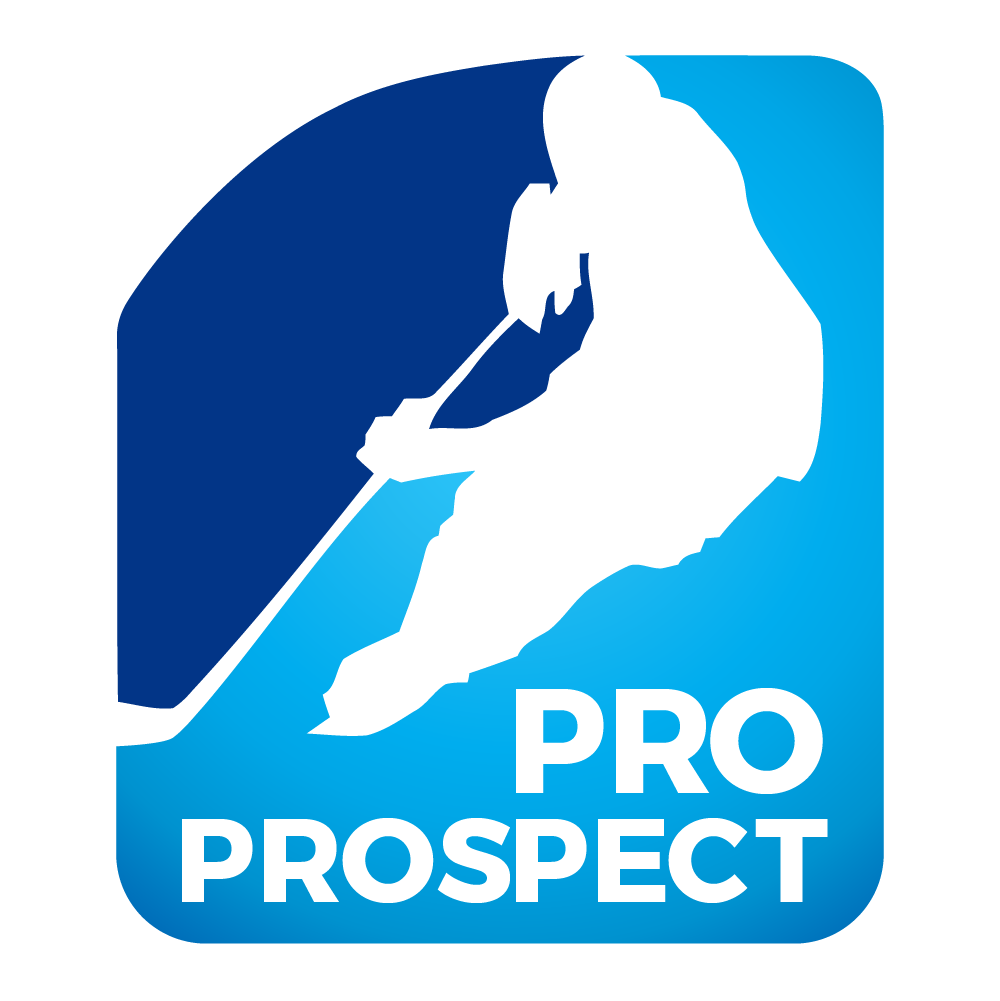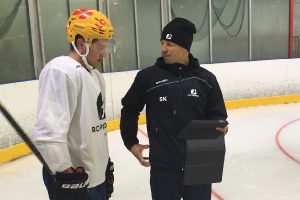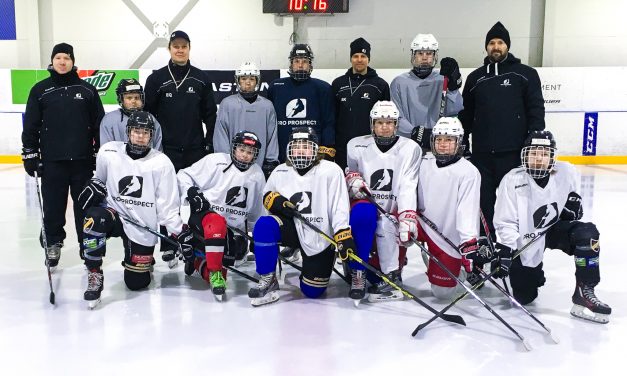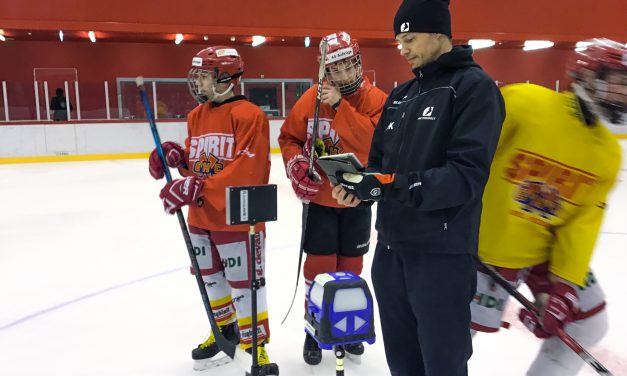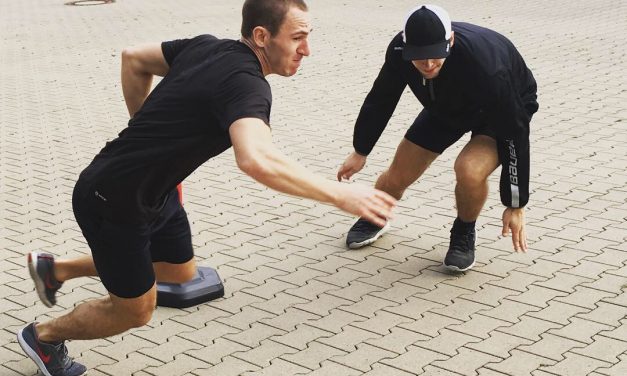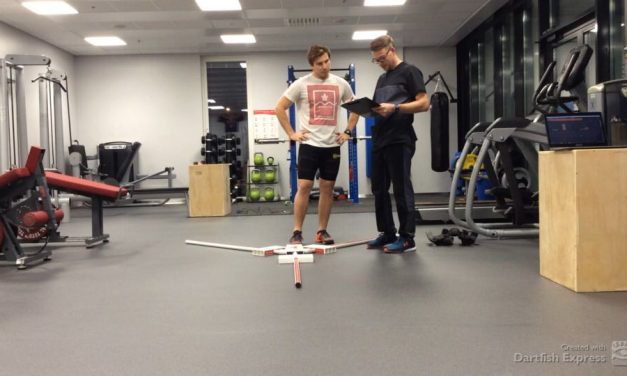Warning: Undefined array key "has_background_color_toggle" in /home/proprospect/domains/proprospect.fi/public_html/wp-content/themes/Divi/includes/builder/class-et-builder-element.php on line 14113
Warning: Undefined array key "use_background_color_gradient" in /home/proprospect/domains/proprospect.fi/public_html/wp-content/themes/Divi/includes/builder/class-et-builder-element.php on line 14114
Warning: Undefined array key "use_background_image" in /home/proprospect/domains/proprospect.fi/public_html/wp-content/themes/Divi/includes/builder/class-et-builder-element.php on line 14115
Warning: Undefined array key "use_background_color" in /home/proprospect/domains/proprospect.fi/public_html/wp-content/themes/Divi/includes/builder/class-et-builder-element.php on line 14116

The Internet is full of lists that tell you what the essential skills are for an ice hockey player. But can you find a list that gives you tips on how to actually develop as a player?
Needless to say, getting to play ice hockey on a professional level requires a lot of work, commitment, passion and even good luck. Just like any other sports.
We made our Pro Prospect List of 3 key areas that are in the core of player development.
From pond hockey to pro rinks
At some point, you notice that hockey is your true passion. You join a team and start playing in earnest.
Here is our list of how to actually develop as a player. It provides you with a viewpoint from which to start observing your ice hockey routines and skills with a more critical eye. If you master our list, you have a good chance to leave the pond behind and make it in the bigger rinks.
1. LEARN TO SKATE LIKE A PRO
Skating is on the top of every list and so it is on ours. It is the most essential skill of an ice hockey player. Without proper ice hockey skating technique, it is hard to reach the professional level. Evolution of hockey sets new standards for every player. It is not enough to have one awesome super skill these days. It does not matter how hard or accurate you shoot if you never get the chance because of your poor skating abilities. You need to be where the action is, and come out as a winner from those situations with your versatile skills as a skater and stick-handler.
PRO TIP: Always train skating imitating game-like situations. You are not training to become a figure skater, but an ice hockey player. Ice hockey is characterized by high-intensity intermittent skating, rapid changes in velocity and duration, and frequent body contact.
2. LEARN TO TRAIN LIKE A PRO
On-ice training is only one part of developing the skills that a professional player needs. Your body needs to be able to perform all the movements and endure the stress that the game requires.
Proper training prepares the body and opens up new possibilities to perform better. Ice hockey asks a lot from the body. We mean A LOT. Certain skating techniques, for example, demand your body to do things that are unnatural to it. It is important that you and your coaches really understand the details of different parts of ice hockey and know how to develop them.
Off-ice training is a big part of injury prevention and should not end up injuring the player. Poor technique in the gym might cripple a player. The aim of training practices should be to create a strong and resilient body that can handle the sudden twists and turns of the game, not to break them. In addition, exercises that are performed with poor technique do not yield the optimal training response.
We cannot stress this enough: every player should know the basic body maintenance routines for ice hockey, understand why they are important, and repeat them daily.
PRO TIP: How to recognise an excellent physical coach? He/she shares the information openly and gives the details of every exercise and makes sure you execute them correctly. The coach relates every exercise to ice hockey and your specific needs to perform them. What we mean by this is that every player has their own set of strengths and weaknesses that should be addressed during training. If you are always doing the same things others are doing, the training will never improve your particular set of weaknesses.
3. KNOW YOURSELF AS A PLAYER
This might be the most unexpected tip on this list but also the most powerful. Athletic identity has been related to positive performance and psychological outcomes such as enhanced body image, increased self-confidence, and decreased anxiety. [1]
Also, knowing your player identity is equally important: what kind of a player am I? Do I have distinct movement patterns I repeat game after game? When a player knows his or her player profile, it is easier to concentrate on specific skills. Acknowledgement increases motivation and commitment to bring about a change or strengthen the existing skill or ability.
A good coach can help a player significantly with self-awareness work and support the development of healthy identity formation. Open discussions and support are the basis of a co-operative relationship between the coach and the player that leads to success.
PRO TIP (or actually two tips): We use in our well-being coaching VIA Character test as a starting point of figuring out personal strengths and how to utilise them as an athlete. You can take the test for free. There is even a kids version if your kid is interested in doing one.
Another approach to get to know yourself is to use videos as a training tool. We record all our test situations and many training exercises and analyse them with the players so they really see their body in action. It gives also clear indicators of how the players can improve their game and increases their training motivation. Plus, you get to see the progress you’ve made!
THE MIGHTIEST PRO TIP FOR EVERY YOUNG ATHLETE
Be wary of overtraining and burnout. Enjoy the game! The pressure to succeed has in many cases errantly led to sport specialisation. It may increase rates of overuse injury and sport burnout. Chronic stress could turn a previously enjoyable sport into forced exercise.
Diversified sports training is effective in developing elite-level skills (balance, coordination and motor skills, endurance, strength, speed, self-confidence and athletic identity) that are transferable to ice hockey when specialisation starts. It is more important to be a great athlete first and only then become a great player.
Scientific literature is pretty unanimous that early specialisation does not pay off. Research even states that minor league ice hockey players who retire from the sport began off-ice training earlier and spent more time in off-ice training than those who continue to compete. [2]
Our Pro Prospect Youth Camp’s are for players who are 14–17 years old. It is the time in a young player’s hockey path where specialisation optimally starts and deepens. We cover all these topics that are mentioned above during our youth camps:
- details of ice hockey skating,
- proper techniques and conditioning, and
- development of athlete identity.
Our method is based on honesty, open discussions and instant feedback. And we are having fun while doing it!
If you are interested to boost your or your child’s journey towards pro hockey, sign up to our Youth Camp (14.-20.7.19). There are still some spots open.
We would like to thank you for your time and hope this post helps you to look at player development with fresh eyes.
Eetu Qvist
Pro Prospect
Head Skill & Technique Coach
Sources and further reading:
[1] The elite young athlete: strategies to ensure physical and emotional health
[2] Developmental activities that lead to dropout and investment in sport
During our Youth Camps we test players with our on-ice test pattern. The test results help the player to recognise his/her strengths and weaknesses.
Related posts
Top 3 tips for a young ice hockey player
We have coached a lot of young ice hockey players and now we collected 3 most important tips that help you on your journey to professional career in hockey.
Read MoreIntroducing the Pro Prospect Method
We measure, we do not guess. And we always aim for improvements. Those are the core principles of the Pro Prospect Method. Test, develop and retest.
Read MoreCase Bremerhaven Fischtown Pinguins 2018-2019
In 2018 Pro Prospect and Bremerhaven Fischtown Pinguins joined forces to deepen the teams systematic approach. And the results have been impressive.
Read MoreGetting back to game after injury – role of modern physio in hockey
Physiotherapists are programming injury prevention, reconditioning and performance enhancement plans for players. How can they help you after injury?
Read More
